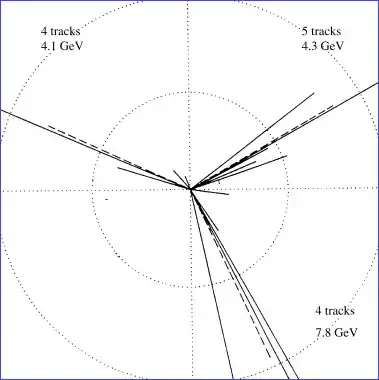From what I heard, unless we have some kind of other influence, all things and light move at the straight lines in spacetime. If they have a mass, then they can never reach the speed of light, but all the massless ones are constantly traveling at the speed of light.
Now, with photons it's easy to understand, that is: curvature of spacetime around the giant mass can be so big that they are eventually getting "trapped" within certain area, being unable to run away. HOWEVER, the curvature so big causes an "event horizon", i.e. we have a black hole now.
So, I recently learned from some youtube videos that gluons are massless, but only today I noticed this paradox:
Gluons are massless
They are massless, thus they should travel at the speed of light. That's what I heard many times, that massless things always travel at the speed of light.
Participating in strong interactions between the quarks, they are "trapped" within a very tiny region of spacetime that we call "hadron". We don't see some of the gluons running away or spilling outside of proton, resulting in breaking the "trap" and, for example, making the photon to just decay, right? So they are truly trapped there in some way, even though they should move at the speed of light.
Now, to make the light trapped within a small region of spacetime, we need curvature so big that it causes an event horizon, so now we have a Black Hole
So, is there a connection between the hadrons and black holes? Are they like a mini black holes, trapping gluons inside? If not, then how are they trapping something that travels at the speed of light without a curvature so big that it causes an event horizon?
Are some of my premises above wrong? Maybe some of the information I learned from science videos on youtube is false or I misunderstood it?
Where is the flaw in my reasoning above?
Or maybe gluons actually have some mass?
